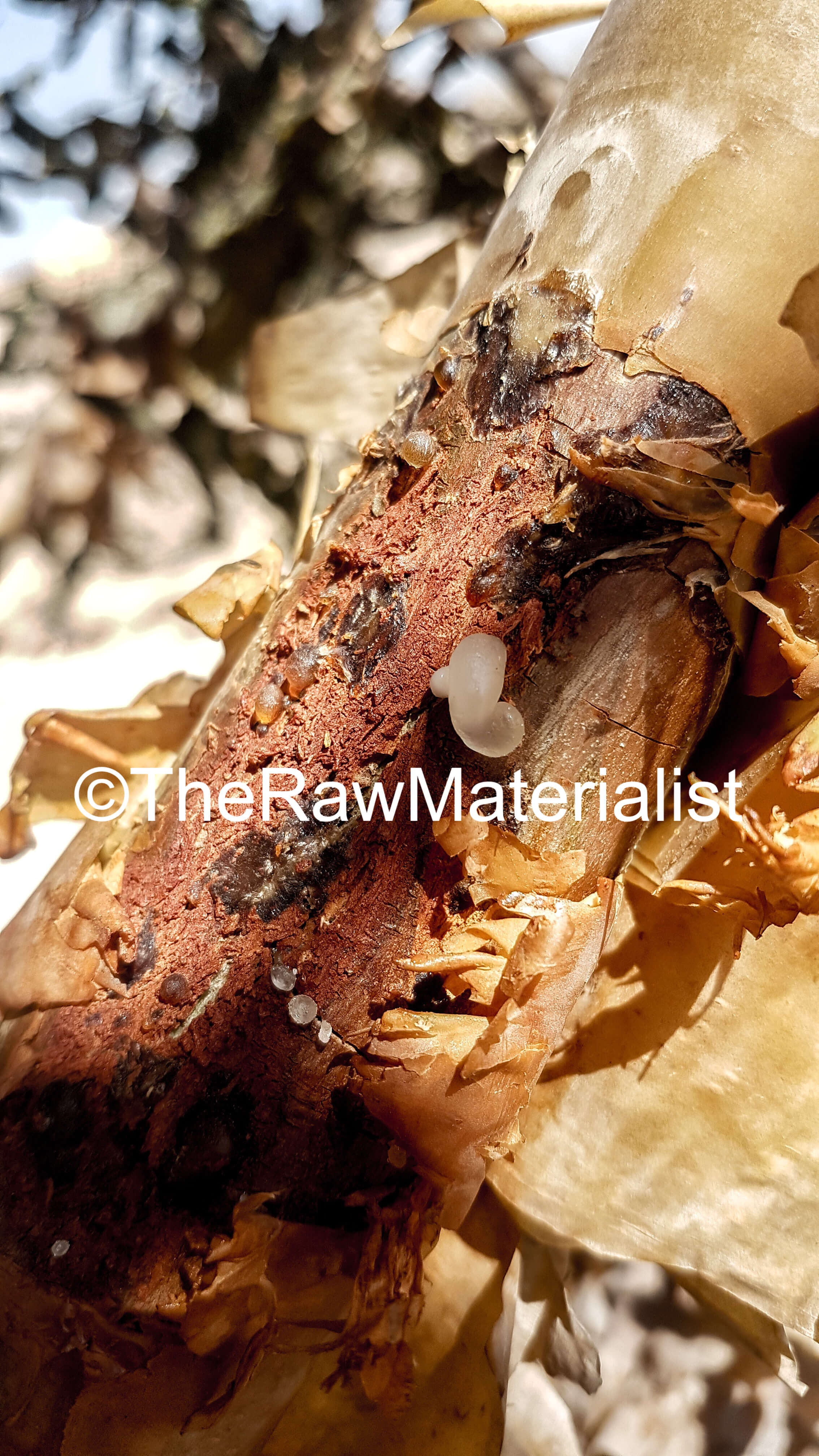
Do you sell any of the raw materials? Would you like to let our users know?
Send an email to fournisseurs@scentree.coto learn about our advertising opportunities.
Do you sell any of the raw materials? Would you like to let our users know?
Send an email to fournisseurs@scentree.coto learn about our advertising opportunities.
General Presentation
-
CAS N° : 8016-36-2
-
EINECS number : 289-620-2
-
FEMA number : 2816
-
Density :
-
Optical rotation : Donnée indisponible
-
Allergens : This ingredient does not contain any allergen.
-
Refractive Index @20°C : Donnée indisponible
-
Volatility : Heart
-
Price Range : Donnée indisponible.
-
Appearance : pale yellow to yellow liquid
Uses
Other comments :
It is important to note that Boswellia species are endangered due to overexploitation, the time needed before the first harvest (about 10 years), the lack of good farming practices and finally, the political instabilities. Today, demand is much higher than offer, so it is important to carry out many actions to preserve the species and the populations relying on them.
Notable actions are the following: CITES protection // In 2014, the Ministry of agriculture of Oman has created an arboretum devoted to Boswellia with the aim of gathering and propagating more than 5,000 seeds annually during 8 years for local producers // Several technologies are also available to ensure better traceability and incision monitoring in order to avoid ''exhausting '' the trees.
Stability :
Data not available.
Uses in perfumery :
Data not available.
Major Components :
Data not available.

Photo credits: ScenTree SAS
Botanique :
Data not available.
Chemotypes :
The different true incenses differ in their composition. There are :
Incensyl Acetate incenses : The Boswellia sacra or ''sheehaz '' incense in Yemen and Oman (grown over 1000 meters above sea level) and Somalian ''beyo '' incense. Both contain less than 40% of α-Pinene and Limonene in their essential oil. Boswellia frereana or ''Maydi '' incense, from Somalia, contains less than 22% of α-Pinene and Sabinene in its essential oil. Boswellia rivae is a D-Limonene incense. Boswellia serrata or salai guggul and Bowellia neglecta or olibanum, are α-Thujene incenses.
Octyl Acetate Incenses : Boswellia papyrifera, from Eritrea and Ethiopia, contain around 50% of this molecule.
In addition, there are ''fake '' incenses. Among these are the Amazon incense or Protium heptaphyllum, the incense of Latin America or Bursera graveolens and the incense of the Mediterranean basin, better known as Styrax (Styrax HE, Styrax Resinoid).
Extraction process :
The first step to obtain this ingredient is to collect the gum. To do this, the tree, which must be at least 8 to 10 years old, is incised using the ''tapping '' method. This incision, generally made during the dry season, will activate the immunitary response of the tree and will exude a whitish gum with a milky aspect. This gum is sometimes called ''tear '' because of its appearance. The producer will then come to collect the amat a couple of days later. (Depending on the species, region and community, the time between incision and harvest and the number of incisions may differ).
The gum is then stored carefully to let it harden and to amass a large volume. This volume will then be sold to an intermediary, who will judge its quality and will be in charge of the exportation. At this stage, the importer is able to retain the crude product or to carry out different extractions such as :
Hydrodistillation: Used to obtain Olibanum EO with a yield of 5 to 9% from the biomass. This extraction is mainly done with water without steam. It should also be noted that this step is increasingly carried out directly in the growing country, under the impulse of perfume multinationals.
Solvent extraction: Used to obtain Olibanum Resinoid and Olibanum Absolute - For more information about this process, please refer to patent WO2014195976A2 (2014)
SFE extraction: Used obtain Olibanum SFE
Geographic origin :
Data not available.
Regulations & IFRA
This ingredient is not restricted

